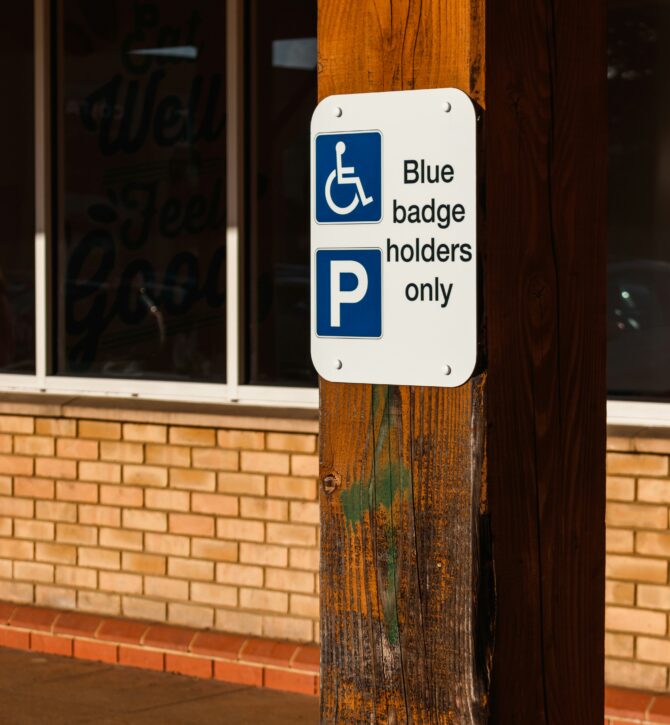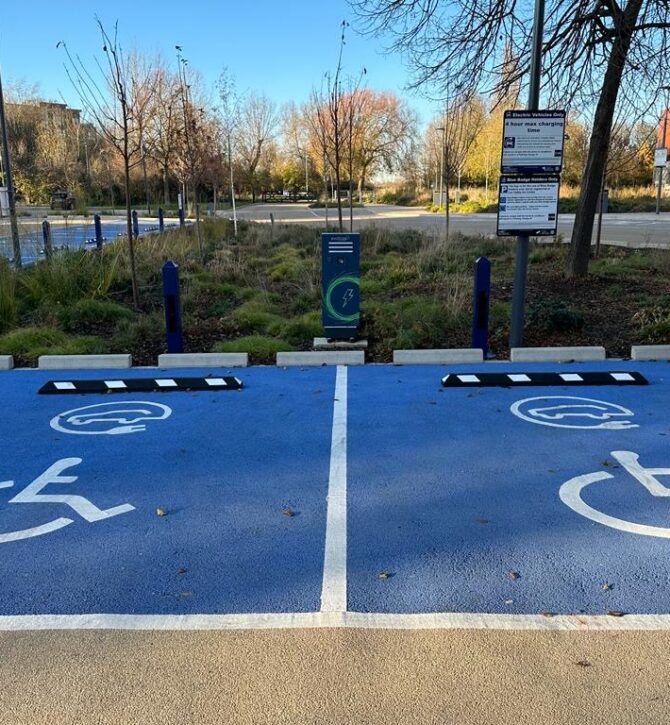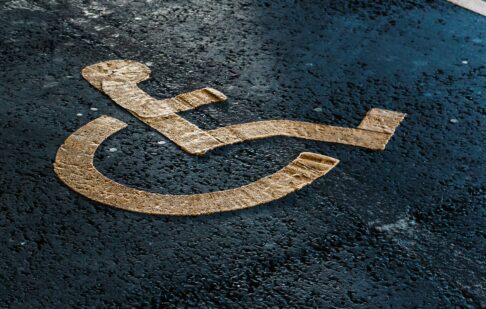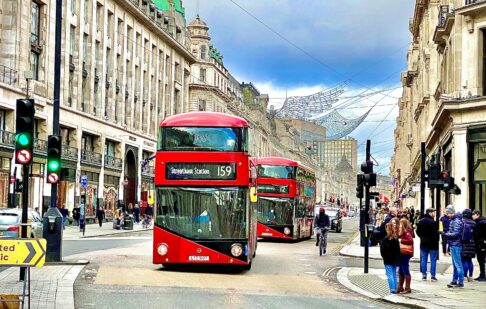Accessible parking exists to make journeys easier and safer for people.
Many different requirements need to be covered by those spaces, and what qualifies as a disability takes many forms.
Not all disabilities are immediately visible, so how does accessible parking support people with hidden disabilities and help make getting around easier?
Hidden disabilities?
The WHO reports that 16% of the global population lives with a disability, and according to government figures, 24% of the UK population has a recognised disability.
Those disabilities aren’t always visible. There’s growing awareness through organisations like the Hidden Disability Sunflower of the disabilities that people deal with that aren’t always immediately obvious.
These can include things like:
- Epilepsy
- PoTs
- Crohn’s Disease
- Asthma
- Autism
- Dementia
- Diabetes
- Restricted vision
- Hearing loss
Dozens of conditions can impact someone’s day-to-day life and mean they have the right to use accessible parking facilities.
A recent survey by Disabled Motoring UK on accessible parking highlighted that 75% of respondents felt watched or judged when using a disabled parking space, with 27% of respondents stating they had even received negative or intrusive comments from the public.
These people still qualify for a Blue Badge and don’t deserve to be called out for where they park.
How does accessible parking help
At their core, Blue Badge and other accessible spaces are designed to be more convenient for the people who require them, putting extra space and increased safety at their core.
From extra space to move a wheelchair or being closer to a door to help those with mobility issues. Parking can even help just by putting people closer to the facilities they need when they arrive at their destination, such as lifts and access ramps.
Providing reasonable adjustments to a car park to improve accessibility is a legal requirement too. The Equality Act 2010 highlights and protects the rights of disabled motorists, including making sure there is suitable parking.
Those spaces are always close to entrances and access points, which is why they are so prone to being misused – they’re in a really convenient location.
That’s why it’s important that people who need to use those spaces can, and why schemes like the Blue Badge exist.

Who qualifies for a Blue Badge?
Applying for a Blue Badge takes time, and it can take more than 12 weeks for councils to make their assessment and judgment before issuing the pass.
Put yourself in the position of someone waiting for that assessment. Without it, they have to park elsewhere, which could be a risk to them, people around them and make travelling difficult.
The lack of disabled parking spaces in car parks already contributes to people abandoning trips, with the Baywatch report highlighting that this is a major issue for supermarkets, which means people are being stopped from doing something simple like their food shopping.
Having to navigate the public perception of disability, while you’re just trying to get on with your day, shouldn’t be a thing. Especially when the factors that make someone eligible for a Blue Badge are so broad, because there is such a wide spectrum of conditions that impact people.
You can look at the eligibility criteria on the Government website here.
Accessible parking and hidden disabilities
The support is the same; it puts people nearer to their destination, with more space and easier access to facilities.
It’s the peace of mind and extra space that some people need to make a journey easier that makes Blue Badge spaces so important.
The problem the survey highlights seems to stem from the assumption that those spaces are only for specific disabilities, which isn’t the case.
Blue Badge holders are entitled to use those spaces, and there are laws and fines in place for people who misuse their badge, and solutions that make sure the only people using those spaces are the ones who are supposed to.
People questioning why someone is using a parking space might think they’re doing everyone around them a favour, but the reality is they could be harassing someone with a disability you can’t see.
Instead, let the tools that are in place in a car park handle the people who shouldn’t be there.



